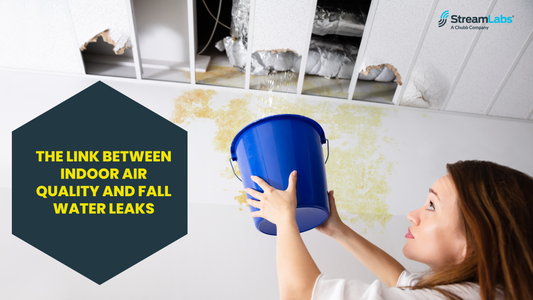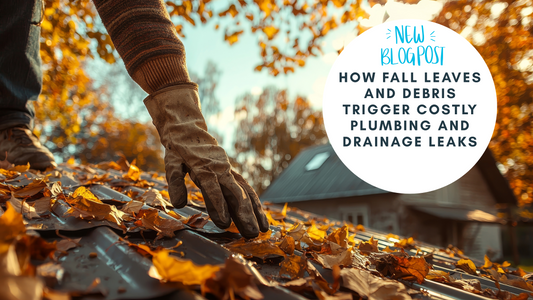Enabling intelligent water with smart home devices that protect homes from leaks and give peace of mind.
Home capabilities are constantly changing as homeowners embrace new smart home systems, from lighting to HVAC to surveillance to kitchen appliances. So why not plumbing? The median age of owner-occupied homes in the United States is 37 — and their aging pipes are more prone to leaks. According to the EPA, 1 trillion gallons of water in U.S. homes are wasted annually. Smart technology might be the answer for catching leaks quickly and stopping them. Smart home plumbing with an emphasis on leak detection and water monitoring is gaining ground and is the key to protecting your home from water damage.
Stay in the Know
Up until now, product choices have been puck-based systems that react after water hits the floor, but at that point the damage is already done. Enter StreamLabs, RWC’s smart water division, with two new water leak detectors that offer protection and control. The first is the Monitor, which you can mount on your home’s main water line in 5 minutes. This installation is non-invasive, which means there’s no pipe cutting, and the Monitor can be used on multiple types of pipe — copper, PEX and CPVC.
Launched in 2018 at the Consumer Electronics Show, the Monitor was a big hit for being innovative and preventative. It’s part of the “Internet of Water” movement, or the intersection of plumbing and smart technology. Once paired with a home’s Wi-Fi network, the device delivers real-time water usage to iOS and Android devices and will integrate with Amazon Alexa and the Google Assistant. Ultrasonic sensors use soundwaves to measure water flow, and when the device detects a leak, you’ll receive an alert.
Stay in Control
The Monitor’s technology platform led StreamLabs to carry the idea to the next level, to a device that would take action. Called the Control, this other water leak detector offers all the benefits of the Monitor and the ability to shut off the water for you. The other difference is that it’s installed in-line and needs to be put into place by a professional.
If the Control detects excess water flow of about one-tenth of a gallon for more than 15 seconds, it can automatically shut off the water. You can also choose to program the device to send a notification only for abnormal water use so you can turn of the water either remotely, through the app or manually. There’s even a backup battery override in the event of a leak during a power outage.
The Control also has a seven-day learning period in which the house gets mapped and the device learns your normal water use behavior. It has 40 sophisticated leak detection parameters to dial in accuracy since the intelligent water system knows how you use the water in your home. That means those 45-minute showers your teenager takes won’t set off alerts.
User-Friendly Metrics
Both water leak detectors can be installed where the main water line is connected in existing homes or new smart homes. With these devices, you have all the metrics at hand (and no personal data is exchanged with the company — only anonymous water use data). You can see water pressure and temperature, along with ambient room temperature.
The information is also user friendly, and you can compare statistics over time. Water companies send bills in a language we don’t speak — how much water we’ve used in cubic feet. But we know what a gallon is. If you know an average family uses 4,000 gallons a month and you’re using 8,000 gallons, you can choose to make changes. With daily news reports of water issues around the globe — whether it’s shortages or access to clean water — the importance of mindful and less wasteful water use can’t be stressed enough.





